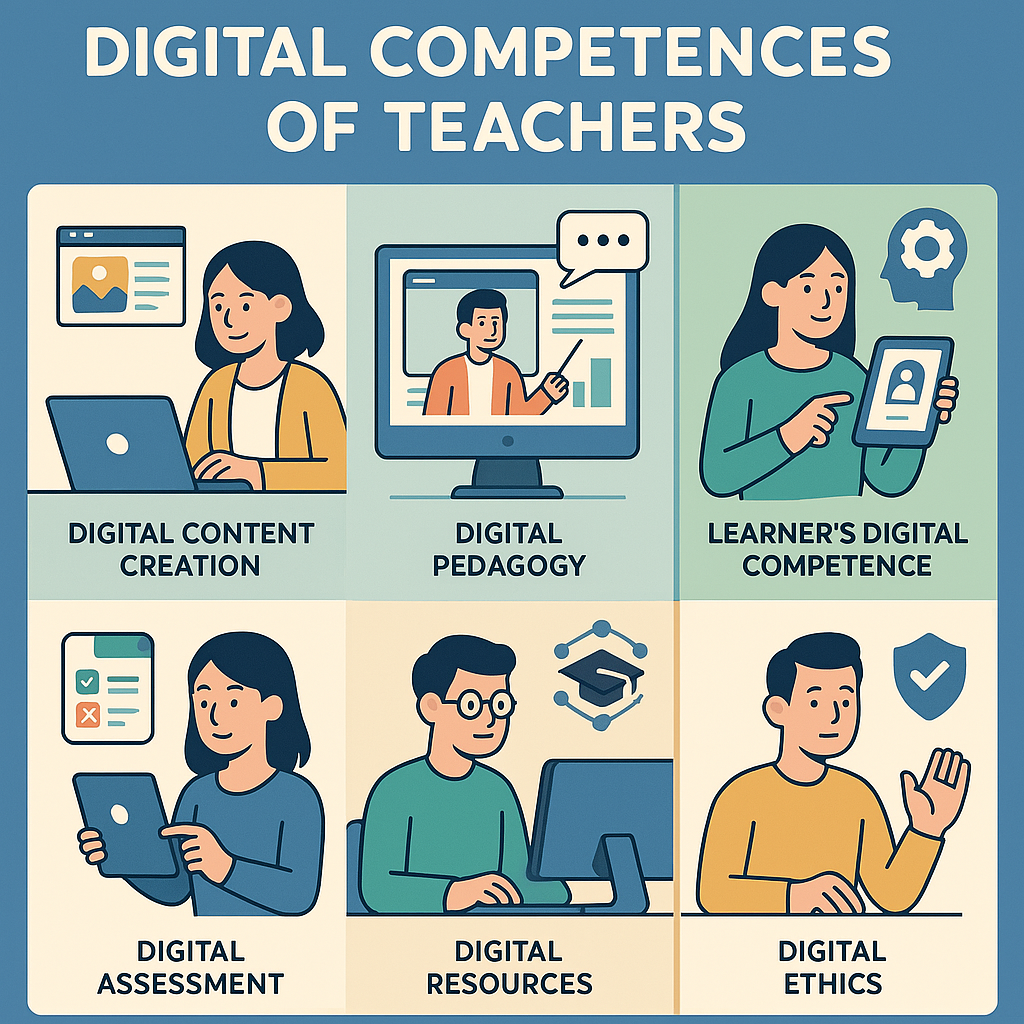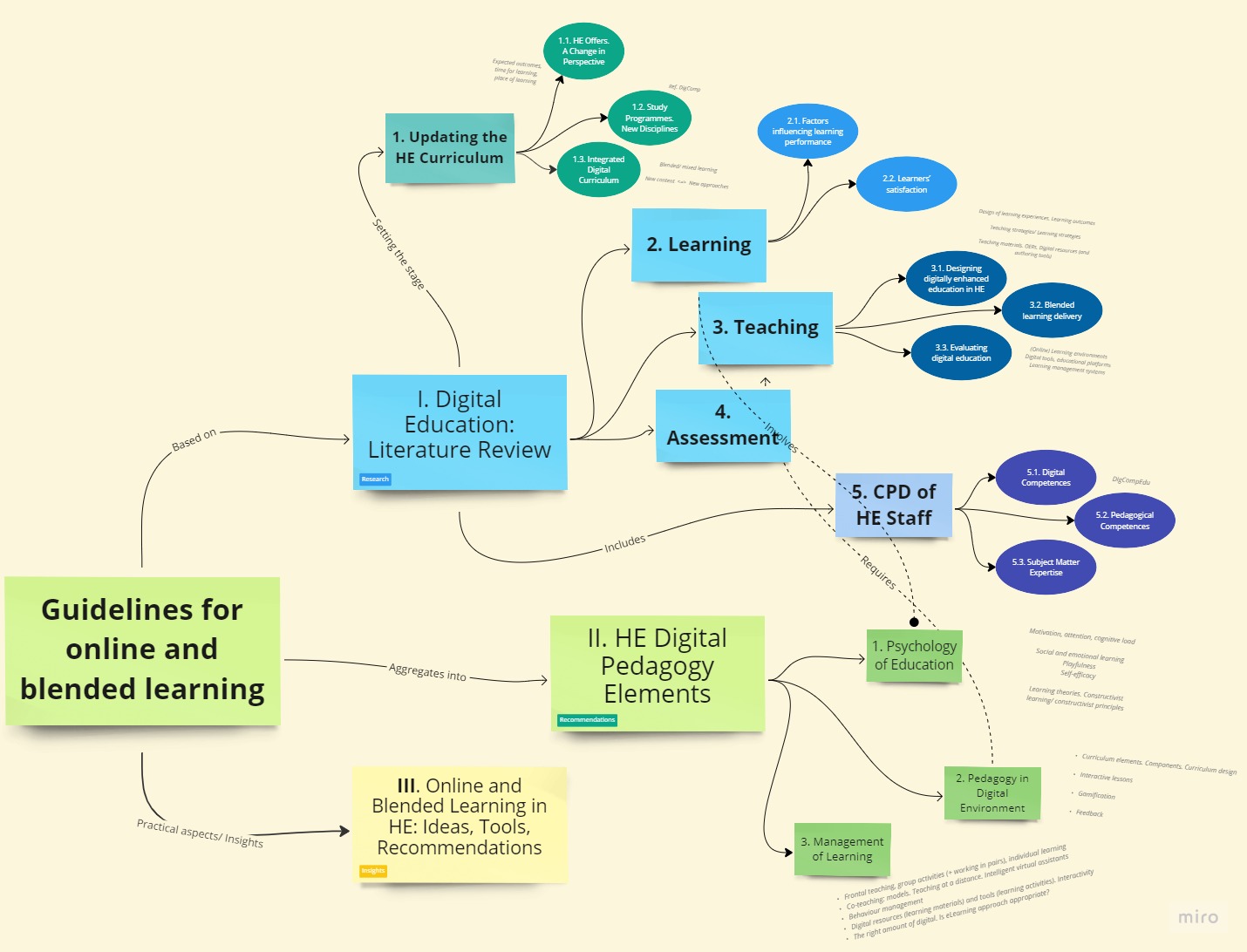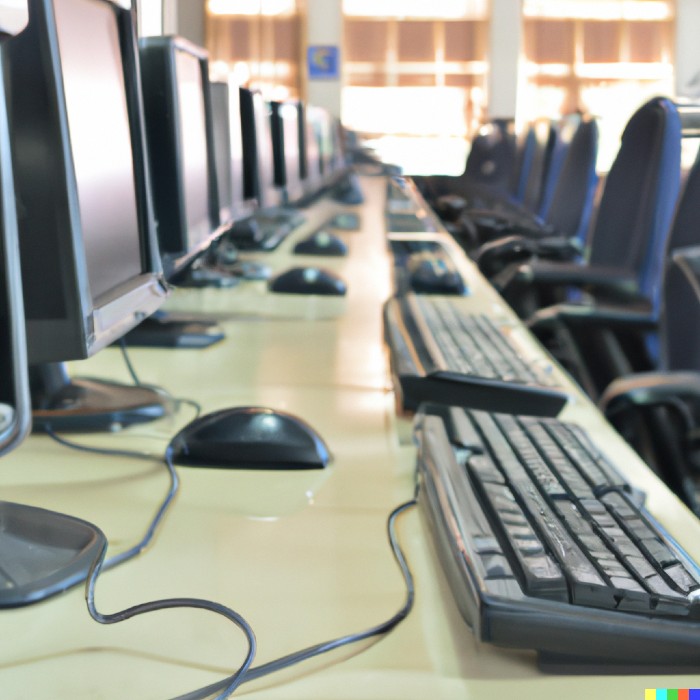Digital education in Romania
Flash Report (May 2025) on the Digital Competences of Teachers in Romania Based on DigCompEdu Framework
This report presents a detailed assessment of digital competences among Romanian educators based on the European Digital Competence Framework for Educators (DigCompEdu). The analysis reveals that Romanian teachers currently demonstrate an intermediate level of digital proficiency (average score: 53.6%), with notable strengths in professional development and reflective practices. However, significant gaps exist in collaborative learning…
A Framework to Approach Digital Education and CPD in Higher Education
As long foreseen, digital technologies are bringing significant changes in education. Two recent extraordinary events have brought a new perspective on the potential of new technologies, accelerating the education practices, the thinking about the necessary innovation, also bringing more pressure from society, beneficiaries, education decision makers – the pandemics and the expansion of artificial intelligence.…
Interview: Contribution of AI to the Education Sciences
Background info: The interview is following up the investigation on the AI potential contribution to the education sciences, described in the article „Ariadna Experiment”, issued in December 2022*. Our interviewee was Dr. Olimpius Istrate, the lead scientist of the research team undertaking the Ariadna experiment. He is associate professor at the University of Bucharest, Faculty of…
Educational applications, tools and platforms used in Romania
Educational applications, tools or platforms are a great way to complement traditional classroom learning, providing both resources and digital content for pupils and students, as well as virtual spaces for carrying out various educational activities. These apps, tools and platforms often include features such as interactive content, quizzes and games, virtual tutoring and mentoring and…
Digital Pedagogy. Definition and Conceptual Area
Is there a digital pedagogy, as a distinct domain, different from general pedagogy and from any other pedagogy? If so, what are the aims, object of study, specific methods and principles of digital pedagogy? What is digital pedagogy and how does it articulate with education sciences? These are the questions of the beginning stage of…
Artificial Intelligence (AI) in Education (Ariadna Experiment)
AI is a rapidly emerging technology with great potential to revolutionize the educational system. AI-enabled platforms can provide personalized instruction, automated grading, and data-driven decision making, all of which can lead to improved student engagement, increased access to personalized instruction, and improved decision-making. However, there are also challenges associated with the use of AI in…
Virtual Reality (VR) in Education (Ariadna Experiment)
VR technology has been gaining traction in the educational sector in recent years, with a wide range of applications being explored. These applications are largely focused on providing learners with immersive experiences that would otherwise be impossible in the physical world. For example, VR can be used to explore anatomy and physiology, allowing learners to…
Augmented Reality (AR) in Education (Ariadna Experiment)
Augmented reality (AR) is an emerging technology that has been gaining traction in recent years. AR can be used to enhance the learning experience by providing students with a more immersive and interactive way of engaging with educational content. The technology has potential applications in numerous fields, from language-learning to virtual laboratories and simulations, as…
The Use of Open Educational Resources (OER) (Ariadna Experiment)
Open Educational Resources (OERs) have become increasingly popular in recent years as an effective way to provide access to educational materials for students. OERs are any type of educational material, such as textbooks, lecture notes, tutorials and exercises, which can be accessed and used freely by anyone. One of the benefits of OER is that they…


